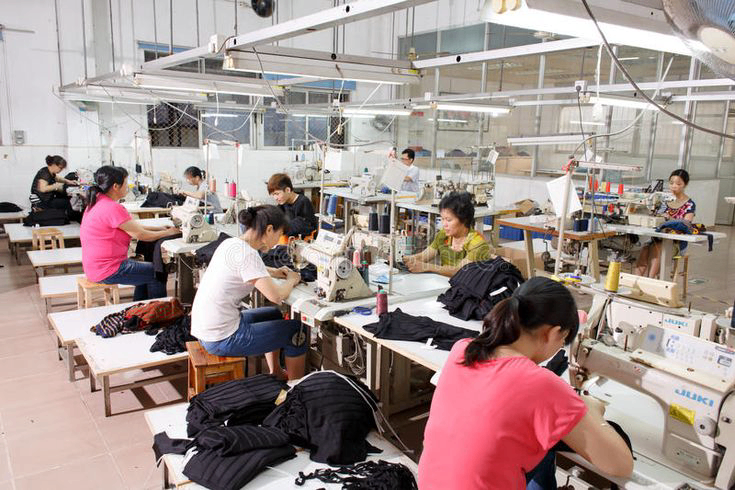Weaker global orders and high input costs weigh heavily on industrial production
The Philippines’ manufacturing sector continued its downward trajectory in March, as factory output declined for the third consecutive month, reflecting persistent challenges in global demand and local production bottlenecks.
According to the Philippine Statistics Authority (PSA), the Volume of Production Index (VoPI) contracted by 5.5% year-on-year in March, deepening from the 4.1% drop recorded in February. This marks one of the sector’s weakest performances since mid-2023.
Economists attribute the ongoing decline to a combination of weaker external demand, especially from key trading partners in East Asia and Europe, and higher input costs that continue to pressure margins for manufacturers. The slowdown in electronics and food manufacturing two of the country's major subsectors was particularly notable.
“The consistent downturn signals underlying fragility in industrial output, despite easing inflation,” said Regina Valdez, senior economist at Rizal Capital Markets. “With global orders slowing and interest rates still relatively high, many manufacturers are hesitant to ramp up production.”
On a month-on-month basis, production showed a marginal improvement of 0.3%, but analysts caution that this could be seasonal and not indicative of a sustained recovery.
Meanwhile, the Value of Production Index (VaPI), which reflects the monetary value of manufacturing output, also fell by 4.8% year-on-year, as manufacturers faced lower selling prices amid subdued demand.
Industry groups are urging the government to intensify support measures, including energy cost relief, logistics streamlining, and targeted fiscal incentives, to cushion the sector from prolonged stagnation.
The Department of Trade and Industry (DTI) said it remains committed to revitalizing the country’s manufacturing base through the Manufacturing Resurgence Program, which aims to modernize local industries and boost job creation.
Despite the gloomy figures, some analysts remain cautiously optimistic, expecting a mild rebound in the second half of the year if global trade conditions stabilize and domestic demand recovers on the back of easing inflation.
References:
Cigaral, I. N. P. (2025b, May 8). Factory output is still in the red in March. INQUIRER.Retrieved on May 08 2025 from.https://business.inquirer.net/524230/factory-output-still-in-the-red-in-march




 ${ lang === 'zh' ? '中文': 'ENG' }
${ lang === 'zh' ? '中文': 'ENG' }
 ${ lang === 'zh' ? '中文': 'ENG' }
${ lang === 'zh' ? '中文': 'ENG' }


